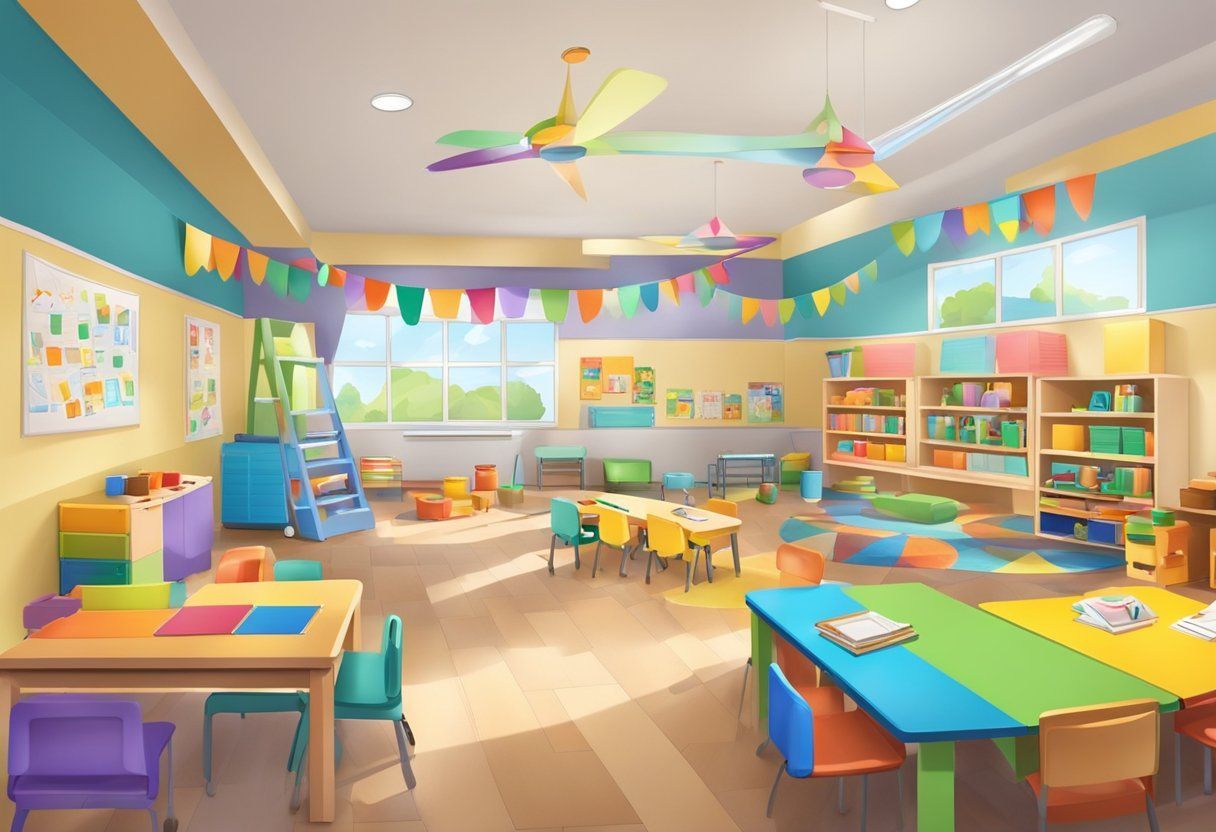BLOG
Categories
¿Cómo rueda tu mañana?
La otra tarde, mi esposa estaba escuchando a escondidas una de mis llamadas de entrenamiento. Bueno, en realidad no, ella estaba parada justo detrás de mí mientras yo despotricaba y deliraba en nombre del amor. Después de la llamada, me dijo cuánto aprendió mientras escuchaba y también a su manera preciosa dijo: “¡Sabes que si alguna vez quieres ofrecerme como ejemplo de lo que no debes hacer, tienes todo mi permiso!” Muy amablemente reafirmé que tengo muchos de mis propios ejemplos personales para usar para la crianza imperfecta, pero aprecié la oferta.
Bueno, he aquí que esta mañana mi hijastro de nueve años se despertó con la esperanza de escuchar que la nieve había causado otro día libre de la escuela. Lamentablemente no fue así. En su sensibilidad y desregulación matutina, comenzó a caer en todas las razones por las que no iba a la escuela hoy. En mi tono más solidario le dije: “Donnie, hijo, puedo apreciar que no quieras ir a la escuela, especialmente porque has estado fuera desde el viernes pasado”. Rápidamente me corrigió que el viernes no estaba fuera todo el día solo medio día, a lo que me quedé corregido. Ahora, en este punto, estoy perfectamente contento de permitirle lamentar su existencia y cuánto le disgusta la escuela. Sin embargo, su madre no estaba exactamente en el mismo espacio. Podía sentirlo venir. Ella se acercó y se paró sobre él mientras él se acostaba en el sofá y exclamaba con voz elevada, firme pero sin gritar: “No quiero escucharlo. Si tiene un problema con la escuela, debe abordarlo con la escuela. La escuela no establece las reglas. Si no te gustan las reglas, ve a hablar con la administración de la escuela. Si no vas a la escuela podría ir a la cárcel. ¿Quieres que vaya a la cárcel?” En ese momento supongo que negó con la cabeza “no”. No podía verlo. Todavía estaba sentado en la cocina haciendo mis estudios matutinos. Simplemente asimilándolo todo. Después de asentir con la cabeza, ella exclamó: “Bien” y luego fue al dormitorio para comenzar a prepararse para el trabajo.
Esperé.
Estaba callado. Sabía que sus sentimientos habían sido heridos. Es un chico muy sensible. Es sorprendente lo sensibles que son todos mis hijos. Mikalah, mi hijo de dieciocho años, es probablemente el menos sensible, pero incluso Kevin, mi hijo adoptivo de veintidós años, es bastante sensible.
Después de unos minutos, me acerqué y me arrodillé detrás del sofá para poder acercarme y aún verlo y darle un masaje en el vientre. Le dije: “¿Estás bien amigo?” Con una mirada muy herida y enojada en su rostro, susurró un poco: “No creo que quiera que mi madre vuelva a hablar conmigo”. Chico, ¿recordaba ese sentimiento cuando era niño? La cantidad de veces que me dije a mí mismo que nunca volvería a hablar con nadie de esta familia llenaría una guía telefónica. Seguí frotando su pequeña barriga hasta que se apartó un poco y le dije: “Sé que tu mamá hirió tus sentimientos. También sé lo difícil que puede ser ir a la escuela en algún momento. A veces la escuela realmente apesta. Pero hay algunas cosas muy básicas que tienes que aprender. Tienes que aprender habilidades matemáticas para poder leer una hoja de cálculo para que nadie pueda robarte dinero cuando comiences tu negocio”. (**Como nota al margen: Él y yo hemos estado discutiendo sobre él comenzando una compañía de excavación tan pronto como esté listo. Le encanta la maquinaria pesada y es un sabio que sabe exactamente cuáles son cuáles. Apoyo sus sueños al cien por cien y no veo ninguna razón para que esté en la escuela más de lo absolutamente necesario. Sospecho plenamente que será dueño de su propio negocio cuando tenga dieciséis años) Continué: “Escucha, ve a la escuela y aprende las cosas básicas. Tan pronto como lo hayas hecho, puedes comenzar tu propio negocio y abandonar la escuela”. A eso pude ver las ruedas trabajando en su cabeza. Todavía se movía un poco lento para salir por la puerta, pero no hubo más problemas. Cuando lo recogí de la escuela, tuvo un buen día y estaba de buen humor.
La mayoría de los padres se asustan demasiado para honrar a sus hijos donde están. Es demasiado aterrador. Y esa es la esencia misma del desafío: cuando dejamos que el miedo y el estrés se apoderen de nosotros, afecta nuestro pensamiento. Joseph LeDoux dice: “En tiempos de estrés, nuestros procesos de pensamiento se confunden y distorsionan y nuestra memoria corta se suprime”. La mayoría de las veces ni siquiera somos conscientes de que estamos sintiendo miedo. En el momento puede ser solo ira o frustración, pero la raíz de esto es el miedo y el estrés. Por eso es tan importante calmarse antes de tratar de calmar a otro. Si no podemos calmar nuestro propio estrés activando nuestra oxitocina, la hormona antiestrés del cerebro, ¿qué tan probable es que nuestros hijos puedan calmar el suyo?
En cualquier momento dado tenemos dos opciones: podemos elegir reaccionar de nuestras viejas huellas de estrés, miedo y agobio, o podemos detenernos, respirar profundamente y elegir el amor. Es tu elección. Gracias a Dios que Dios nos ama y es paciente incluso cuando tenemos miedo.
Bryan Post, un niño adoptivo y ex adoptivo, es uno de los principales expertos en comportamiento infantil y adopción de Estados Unidos y fundador de www.PostInstitute.com Los principios y conceptos basados en el amor y centrados en la familia ofrecidos por Bryan se han enseñado a más de un millón de padres y profesionales de todo el mundo. Puede recibir una copia gratuita de su libro de crianza adoptiva más vendido From Fear to Love yendo a https:///www.feartolovebook.com Actualmente, Bryan se desempeña como Director Clínico de Parents in Training, una organización sin fines de lucro 501 (c) 3, que brinda servicios integrales a familias adoptivas en todo el norte de California. Para obtener más información, visite www.theleafcompany.com
RECENT POSTS
Bringing and keeping families together!








